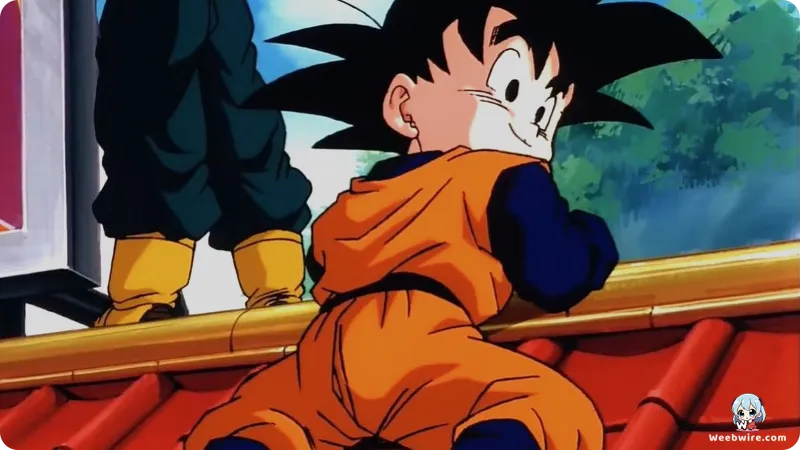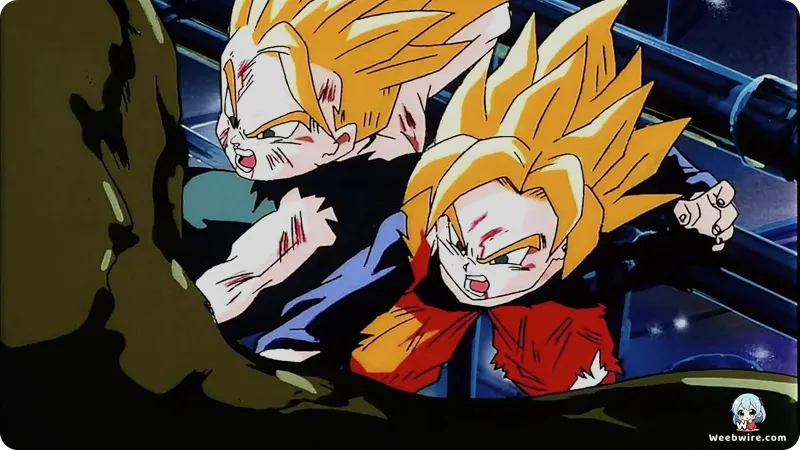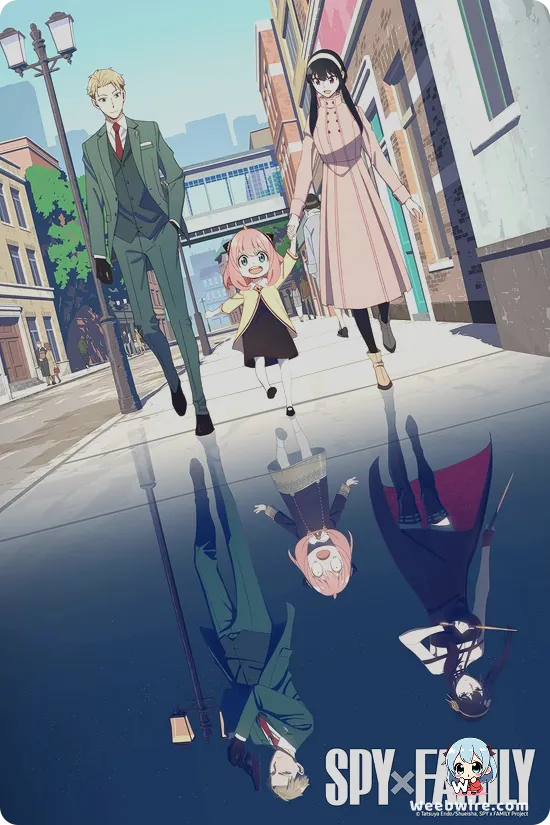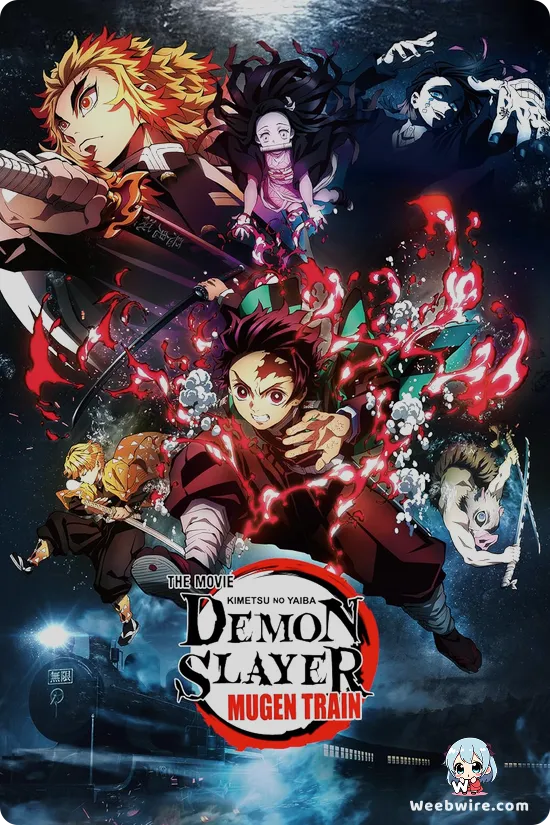Dragon Ball Z's Most Bizarre Battle: Unpacking the Sci-Fi Horror and Unsung Heroes of 'Bio-Broly'

Released in 1994, 'Dragon Ball Z: Bio-Broly' stands as one of the franchise's most enigmatic and debated cinematic offerings. Diverging sharply from the familiar saga of the Legendary Super Saiyan, this film plunges viewers into a bizarre, sludge-filled nightmare, sparking endless fan discussion about its radical creative choices and hidden depths. Rather than a straightforward continuation of Broly's rampage, this installment boldly ventures into uncharted territory, offering a unique blend of sci-fi horror and unexpected heroism.
Forget the muscle-bound terror of previous Broly appearances. In a shocking twist, Dr. Collie, aided by Mr. Satan's old rival Jagur, unleashes an experimental bio-weapon: a grotesque, sludge-like clone of Broly. This isn't a magical resurrection but a horrifying genetic mutation, transforming the once-unstoppable Saiyan into a corrosive, shapeless entity capable of absorbing and infecting all in its path. This bold foray into sci-fi horror fundamentally redefines the character, moving beyond raw power to explore a more insidious and terrifying form of villainy that challenges established Dragon Ball Z norms.
In a striking departure from tradition, the narrative conspicuously sidelines Goku and Vegeta, thrusting the spotlight onto a vibrant ensemble of younger and supporting characters. The dynamic duo of Goten and Trunks, fresh off their Fusion training, take center stage alongside the formidable Android 18, the ever-loyal Krillin, and, surprisingly, the self-proclaimed champion Mr. Satan. This shift offers a rare and engaging glimpse into their combined capabilities and hilarious dynamics when faced with an unprecedented global threat, highlighting their burgeoning teamwork and individual strengths.

Mr. Satan's central role provides much of the film's unexpected humor and charm. Lured to Jagur's mysterious island by a wealthy baron, he finds himself embroiled in a bio-hazard far beyond his usual staged theatrics. His characteristic comedic bravado, accidental heroism, and ongoing rivalry with Android 18 deliver laugh-out-loud moments throughout the film. Despite his reputation for cowardice, Mr. Satan proves that even the most bumbling champion can, in his own unique way, contribute significantly to saving the world, ensuring the film retains its signature comedic touch amidst the chaos.
The climax offers another surprising twist: Bio-Broly isn't vanquished by a colossal energy blast or a Herculean punch. Instead, the heroes cleverly exploit his unique vulnerability. The corrosive bio-liquid forming his body reacts violently with seawater, solidifying him into a brittle, immobile statue. Goten, Trunks, and Krillin ingeniously flood the island's facilities, demonstrating that wit and strategic thinking can overcome even the most monstrous threats, a refreshing departure from typical power-level battles that emphasizes intelligence over sheer might.
Beyond the explosive action, the film subtly weaves in critical environmental cautionary tales. The bio-hazard at the heart of the plot, born from unchecked scientific ambition and toxic waste, highlights the devastating impact on the island's ecosystem. The heroes aren't just fighting a villain; they're battling an unfolding ecological disaster, adding an often-overlooked layer of thematic depth to the explosive narrative, underscoring the dangers of tampering with nature.
While 'Dragon Ball Z: Bio-Broly' often divides fans, its audacious experimentation with genre, character dynamics, and narrative themes ensures its unique place in the DBZ canon. It stands as a testament to Toei Animation's willingness to push creative boundaries, offering a distinctive blend of sci-fi horror, action, and comedy that, for all its quirks, remains a memorable and fascinating entry for those seeking a truly different Dragon Ball Z experience. Its sheer audacity has cemented its status as a cult classic within the beloved franchise.
Credits
Dragon Ball Z: Bio-Broly
Author
Akira Toriyama
Cover Art
Akira Toriyama
Studio
Toei Animation
Publisher
Shueisha
Producers





